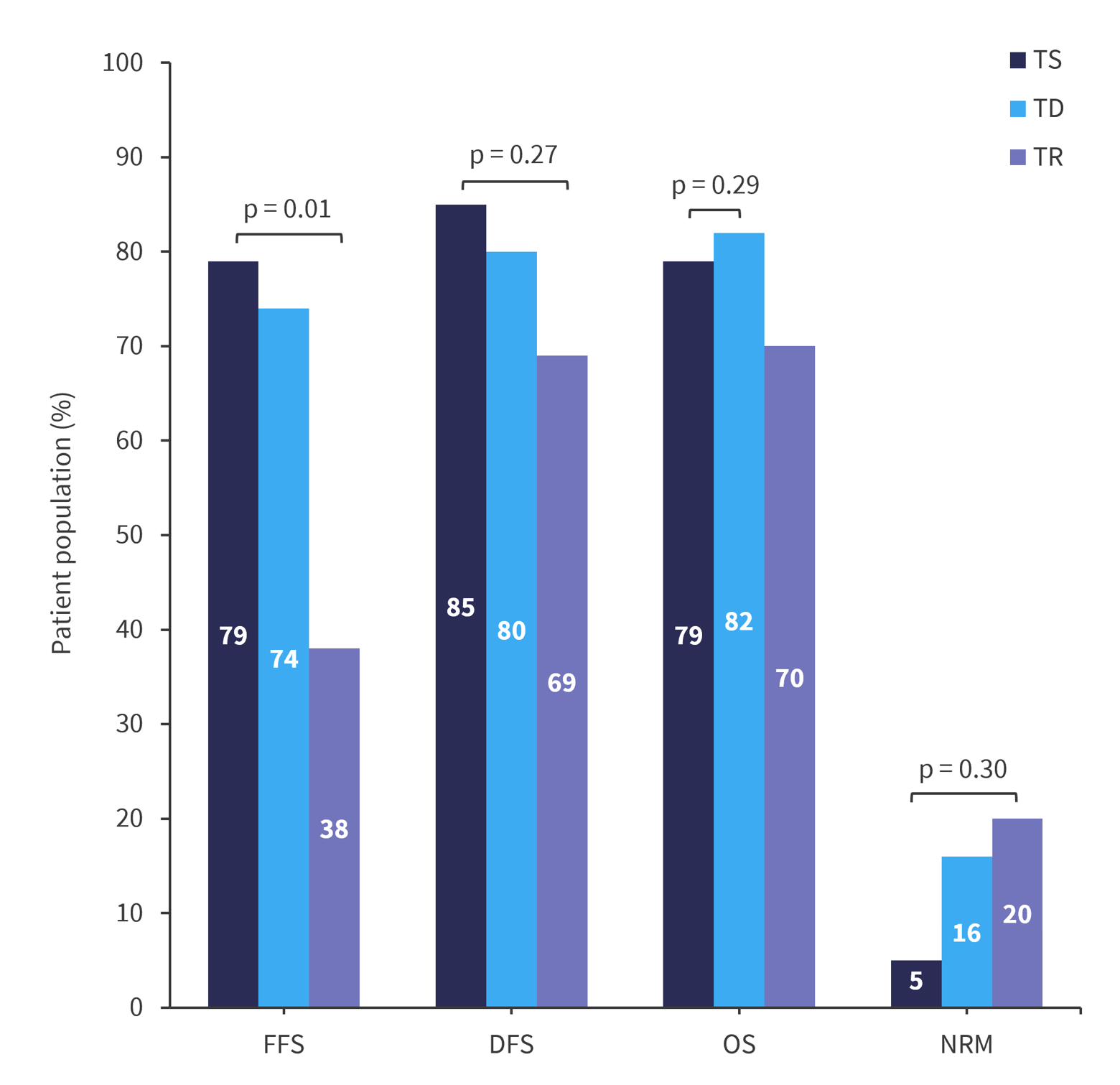All content on this site is intended for healthcare professionals only. By acknowledging this message and accessing the information on this website you are confirming that you are a Healthcare Professional.
The GvHD Hub uses cookies on this website. They help us give you the best online experience. By continuing to use our website without changing your cookie settings, you agree to our use of cookies in accordance with our updated Cookie Policy
Introducing

Now you can personalise
your GvHD Hub experience!
Bookmark content to read later
Select your specific areas of interest
View content recommended for you
Find out moreThe GvHD Hub website uses a third-party service provided by Google that dynamically translates web content. Translations are machine generated, so may not be an exact or complete translation, and the GvHD Hub cannot guarantee the accuracy of translated content. The GvHD Hub and its employees will not be liable for any direct, indirect, or consequential damages (even if foreseeable) resulting from use of the Google Translate feature. For further support with Google Translate, visit Google Translate Help.
Association of treatment-sensitive, dependent, and resistant chronic GvHD with clinical outcomes
Bookmark this article
Immunosuppressive therapy (IST) is frequently used to treat patients who develop chronic graft-versus-host disease (cGvHD) following allogeneic hematopoietic stem cell transplantation. However, patients can become treatment-resistant, sensitive, or dependent resulting in increased morbidity, poorer overall survival (OS), and difficulties in tapering off treatment.
Here, we summarize an article by Jurdi et al.1 published in Transplantation and Cellular Therapy evaluating the association of treatment-sensitive (TS), treatment-dependent (TD), and treatment-resistant (TR) cGvHD on clinical outcomes.
Study design1
- This was a retrospective, single-center study of adult and pediatric patients who developed cGvHD after receiving allogeneic hematopoietic stem cell transplantation.
- Eligible patients were either TR, TS, or TD to systemic corticosteroids or IST.
- Clinical outcomes measured included failure-free survival, disease-free survival, OS, and non-relapse mortality.
Key findings1
- In total, 185 patients received systemic therapy within 30 days of cGvHD onset.
- 126 patients achieved durable discontinuation of IST (within a median time of 18 months).
- The median follow-up, after cGvHD onset, was 7 years.
- Patients with cGvHD stratified by treatment responses are shown in Table 1.
Table 1. Treatment response group classifications after cGvHD onset*
|
|
TS (n = 24) |
TD (n = 51) |
TR (n = 85) |
Deceased |
|---|---|---|---|---|
|
6 months (%) |
5 |
46 |
41 |
8 |
|
1-year (%) |
13 |
27 |
46 |
14 |
|
2-years (%) |
29 |
5 |
44 |
22 |
|
cGvHD, chronic graft-versus-host disease; TD, treatment-dependent; TR, treatment-resistant; TS, treatment-sensitive. |
||||
- Examination of the association of treatment response group and clinical factors indicated that patients with older age, prior acute GvHD, or severe cGvHD were more likely to be TD or TR at 1 or 2 years post-cGvHD onset.
- Using treatment responses at 1-year post-cGvHD diagnosis, cumulative incidence estimates of 5-year clinical outcomes across the treatment response groups were determined (Figure 1).
Figure 1. Estimated outcomes of cGvHD treatment response groups at 5 years*

cGvHD, chronic graft-versus-host disease; DFS, disease-free survival; FFS, failure-free survival; NRM, non-relapse mortality; OS, overall survival; TD, treatment-dependent; TR, treatment-resistant; TS, treatment-sensitive.
*Data from Jurdi, et al.1
- In a multivariable model of the risk of death from 1–5 years after cGvHD, the adjusted hazard ratio for 1-year response in patients who were TR vs TS was 1.08 (95% confidence interval, 0.41–2.87).
- In a separate analysis comparing patients with no history of cGvHD, TR cGvHD was associated with poor OS at 5 years (hazard ratio, 2.09; p < 0.01).
|
Key learnings |
|---|
|
- Jurdi NE, Herzog S, Shanley R et al. Treatment sensitive and treatment dependent chronic GVHD yield superior failure free and overall survival compared to treatment resistant chronic GVHD. Transplant Cell Ther. 2024. Online ahead of print. DOI: 1016/j.jtct.2024.03.011
More about...
Related articles
Newsletter
Subscribe to get the best content related to GvHD delivered to your inbox






